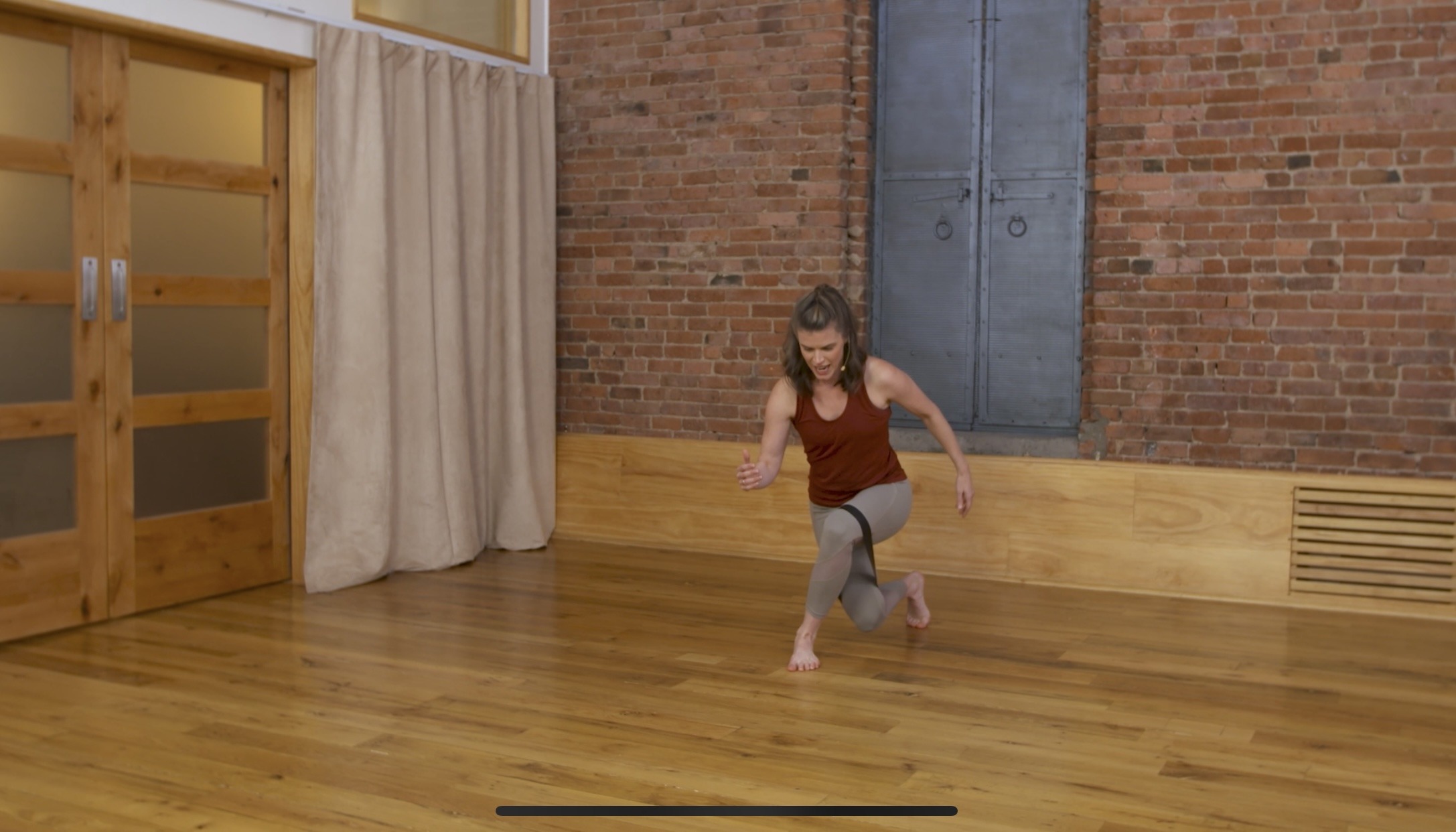A few years after I started teaching yoga, I had an existential crisis (of sorts). The practice I’d loved and found so much joy in for over a decade had done an about-face. Instead of making me feel good in my body, yoga made me feel bad.
Yoga hurt, to be specific, and to be more specific it was my sacroiliac (SI) joint that hurt the most.

Now, I knew a little bit about how the body worked, or at least had been taught (and was teaching this to other teachers) about some specifics regarding yoga and the SI joint. I believed some poses could aggravate someone’s pain. I learned ways to modify them by changing the alignment, thinking that certain ways of aligning the body in them were bad, and others good. Sometimes I taught to just completely avoid certain poses, as if the whole pose was bad.
And yet these beliefs and practices did not make my pain go away. In fact, they may have been making them worse, because underlying this belief that certain movements were inherently bad. I also believed that my SI joints could slip out of place, as if my whole pelvis, like a chunk of an iceberg, could just slide off into the sea.
I was so worried about the pain I started losing sleep, which made my pain and fear even worse. It got so bad that I started to think the only way out of pain was to stop doing yoga entirely. Turns out, there were lots of other yogis like me who were canceling specific asanas, or even entire groups of postures, sometimes their whole practice. All because of how this “bad movement” was destroying their SI joints (or shoulders or knees or hamstrings).
Then I started lifting weights and using resistance bands. The pain stopped in just a few weeks.
Not being in pain could have been enough for me to cancel my yoga practice entirely. I mean, who wouldn’t say “no thank you” to a kind of movement that made me afraid my skeleton would fall apart? But that’s not the end of my story.
It was absolutely the right decision for me to stop doing all of the asanas and alignment strategies that I suspected were aggravating my pain—for a time. Stopping all of this movement wasn’t the long-term solution I needed to boost my capacity, tolerance, and resilience, however.
What I realized by adding more diversity to my movement practices is that I could not be in pain and go back to all of these “bad” poses without flare ups.
In fact, they felt good, and sometimes even better than the few safe poses I was “allowed” to practice. They felt like a sweet, more passive (but not entirely so) complement to my strength-building practices.
Pain is a tricky fellow, and research in pain science shows that pain is often not an indication of biological injury, and that the amount of pain often doesn’t correlate to the amount of damage (if any). What I was feeling, then, did not necessarily mean there was something wrong with my SI joint.
NOTE: sometimes pain IS a sign of injury. But knowing pain and injury often do NOT go hand in hand can prevent you from jumping to scary conclusions, like I did, before you’ve gathered more information, hopefully with the help of a PT or doctor, if necessary.
For me, the lack of external load was the real problem behind my pain. I didn’t need to cancel anything, but rather change things up.

Rather than limiting myself to yoga practice (and less and less of it the more I was in pain), I had to seek different sensations to balance what I was feeling (or not feeling) in yoga. Once I addressed that underlying cause, I was better prepared to handle the loads of my practice (and my life.)
Want to hear more about how I changed my overly-mechanistic and fear-producing beliefs about my SI joint + how a little resistance band went a long way toward helping me decrease and eliminate my pain? Check out this video I filmed with Yoga Journal. It’s all about the SI joint and what you can do to help it feel better.


Leave a Reply